Civic Centre
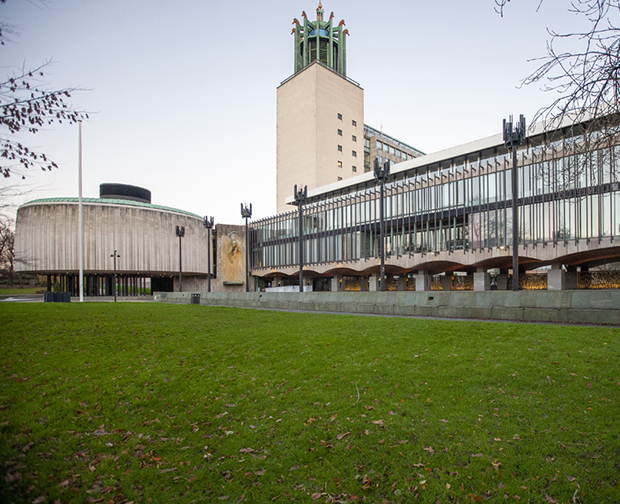
Without wishing to be accused of having a chip on my shoulder, it is telling that this building, now lauded as one of the finest examples of civic architecture in the country, was only published in the periodicals Building and Architect & Surveyor when it was completed. Nowhere in the pages of the Architectural Review and two appearances in the Architects’ Journal – one photograph of a model in an advert taken out by the City Architect’s Department about their restructuring and a second news item announcing the appointment of London based Design Research Unit (DRU) to produce the wayfinding for the scheme. How this should be interpreted is open to speculation, but as someone who champions architecture of the state and of the regions, to me this omission is symptomatic of a prevailing architectural culture that has always focussed on the south-east of England. It may, however, also be accounted for in the genesis of the scheme, a ‘Town Hall’ originally won in competition in 1939 by Collins and Geens, reported in the AJ and unbuilt due to the outbreak of war. The built scheme, designed by City Architect Georg Kenyon from 1950, began its construction in 1958 and, as Susan O’Connor identified, adopted the nomenclature and form typical of many such ‘civic centres’ of the post-war period – an administrative block or tower and a pronounced council chamber. [1] In the case of Newcastle, the council chamber was round in plan and a prominent public facing feature of the scheme, set back from the surrounding streets to enhance the ceremonial sense of approaching the building. Arranged on two perpendicular axes, the southerly approach is along a richly colonnaded undercroft lined with nine flambeaux and ornate modernist metal screens by Charles Sansbury. This vista is terminated with a powerful statue of the River God Tyne by David Wynne that pronounces the space between administration and democratic decision making and is animated by the way that rain soaks the surrounding stone façade, dripping and draining from Tyne’s body as if he has just emerged from the River. The interior is richly decorated, both in its finishes and its artworks, including a mural by Victor Pasmore and a hung tapestry by John Piper. Such quality was celebrated by the brash council leader of the 1960s, Dan T. Smith, a controversial figure eventually embroiled and disgraced in a well reported corruption scandal. It also led to the listing of the scheme at Grade II* in 1995.
[1] O’Connor, S. (2017) ‘The Body Politic and the Body Corporate: Symbolism in the 1960s’ town halls and its precedents’, Twentieth Century Architecture, no. 13, pp.163-176.
@font-face
{font-family:”Cambria Math”;
panose-1:2 4 5 3 5 4 6 3 2 4;
mso-font-charset:0;
mso-generic-font-family:roman;
mso-font-pitch:variable;
mso-font-signature:-536870145 1107305727 0 0 415 0;}@font-face
{font-family:Calibri;
panose-1:2 15 5 2 2 2 4 3 2 4;
mso-font-charset:0;
mso-generic-font-family:swiss;
mso-font-pitch:variable;
mso-font-signature:-536859905 -1073697537 9 0 511 0;}p.MsoNormal, li.MsoNormal, div.MsoNormal
{mso-style-unhide:no;
mso-style-qformat:yes;
mso-style-parent:””;
margin:0cm;
mso-pagination:widow-orphan;
font-size:12.0pt;
font-family:”Calibri”,sans-serif;
mso-ascii-font-family:Calibri;
mso-ascii-theme-font:minor-latin;
mso-fareast-font-family:Calibri;
mso-fareast-theme-font:minor-latin;
mso-hansi-font-family:Calibri;
mso-hansi-theme-font:minor-latin;
mso-bidi-font-family:”Times New Roman”;
mso-bidi-theme-font:minor-bidi;
mso-fareast-language:EN-US;}.MsoChpDefault
{mso-style-type:export-only;
mso-default-props:yes;
font-family:”Calibri”,sans-serif;
mso-ascii-font-family:Calibri;
mso-ascii-theme-font:minor-latin;
mso-fareast-font-family:Calibri;
mso-fareast-theme-font:minor-latin;
mso-hansi-font-family:Calibri;
mso-hansi-theme-font:minor-latin;
mso-bidi-font-family:”Times New Roman”;
mso-bidi-theme-font:minor-bidi;
mso-fareast-language:EN-US;}div.WordSection1
{page:WordSection1;}
- OS grid ref
- NZ250649
- Easting
- 425017
- Northing
- 564974
- Postcode
- NE99 1NA
Civic Centre gallery
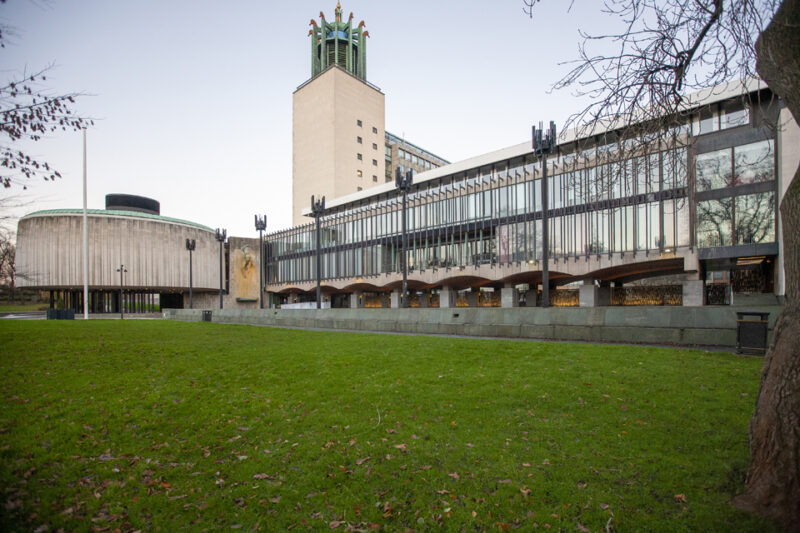
Civic setting.
Source: Author' photograph, December 2012
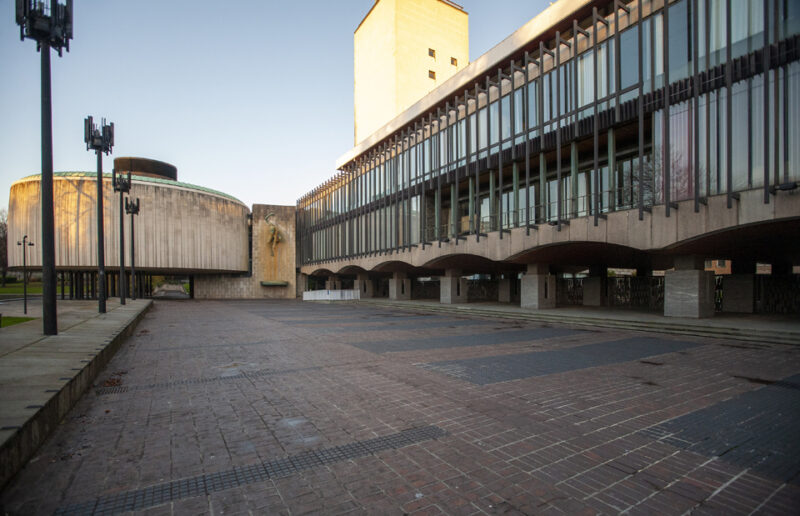
Southerly approach.
Source: Author' photograph, December 2012
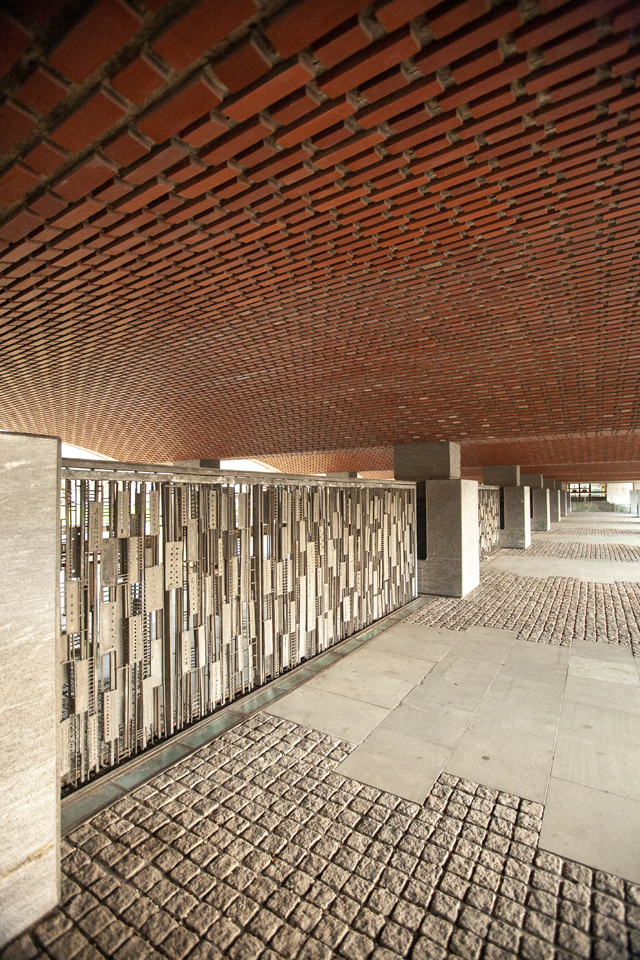
Screens by Charles Sansbury.
Source: Author' photograph, December 2012
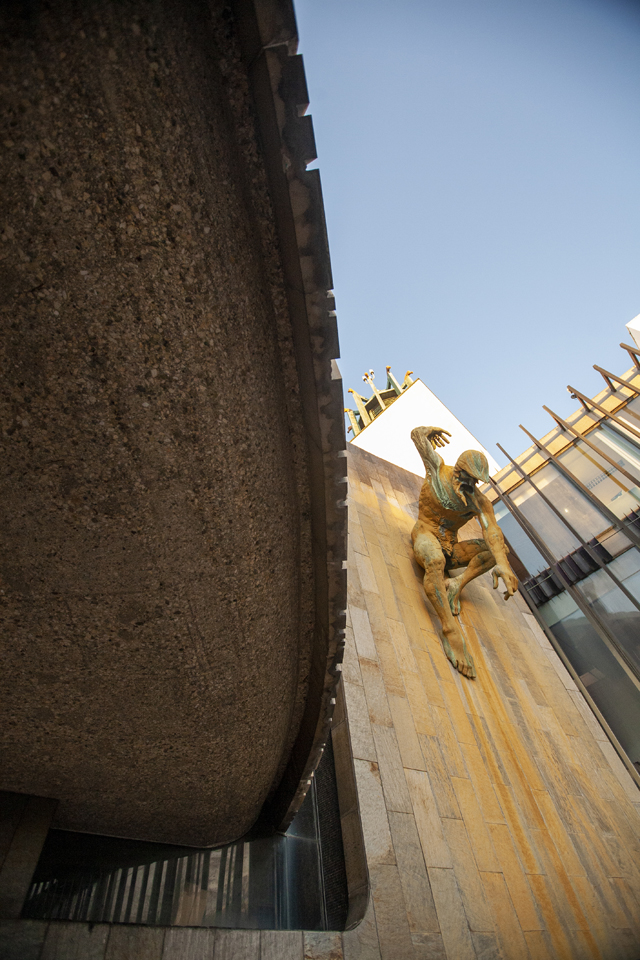
River God Tyne, David Wynne.
Source: Author' photograph, December 2012
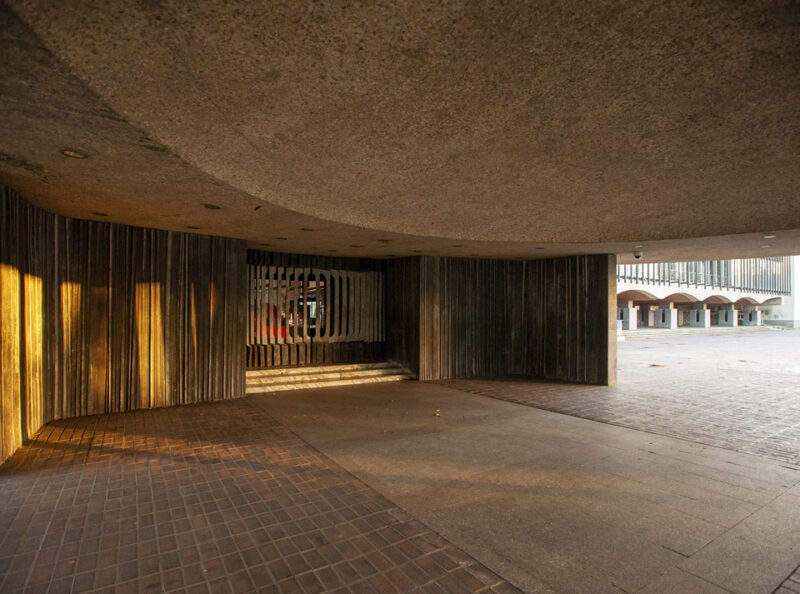
Gates beneath council chamber by Geoffrey Clarke.
Source: Author' photograph, December 2012
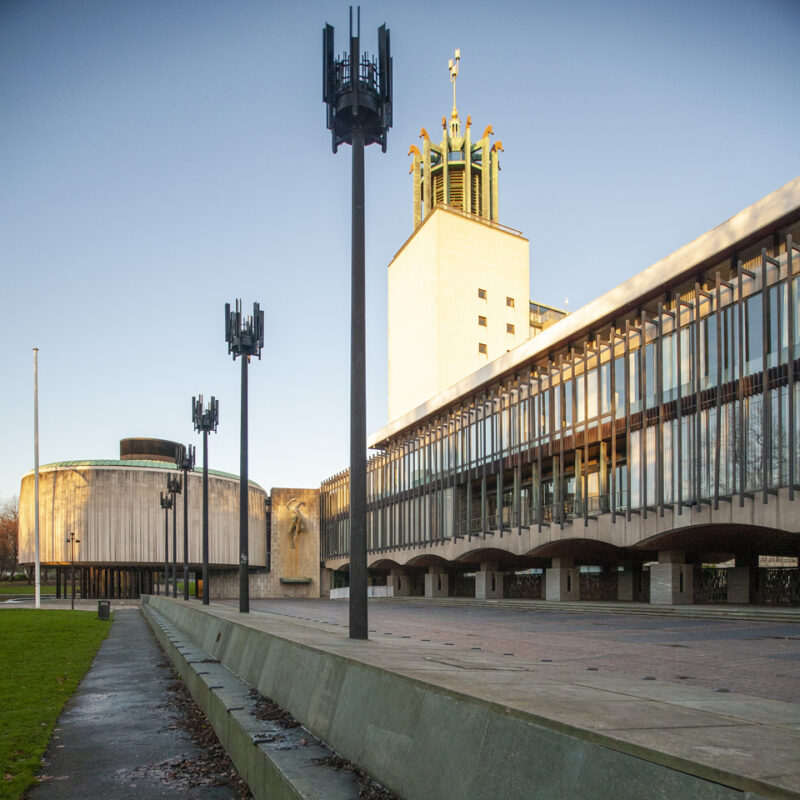
Westmorland stone seats and flambeaux.
Source: Author' photograph, December 2012
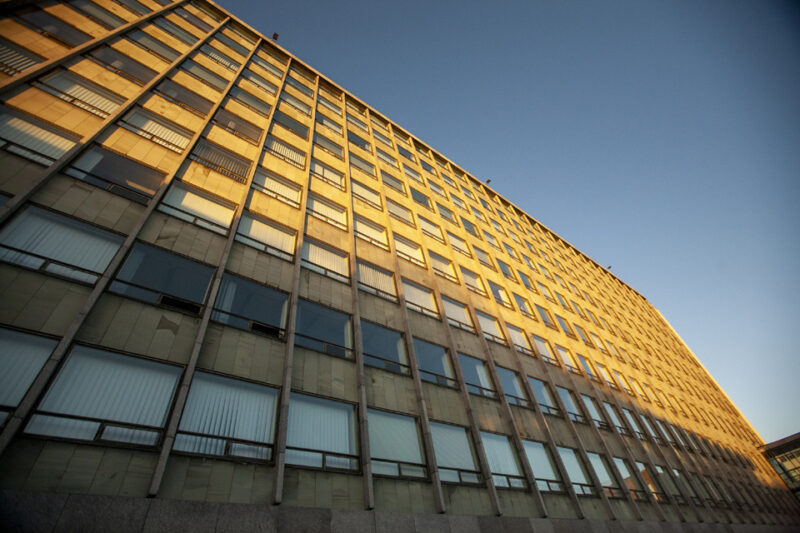
Administrative block.
Source: Author' photograph, December 2012
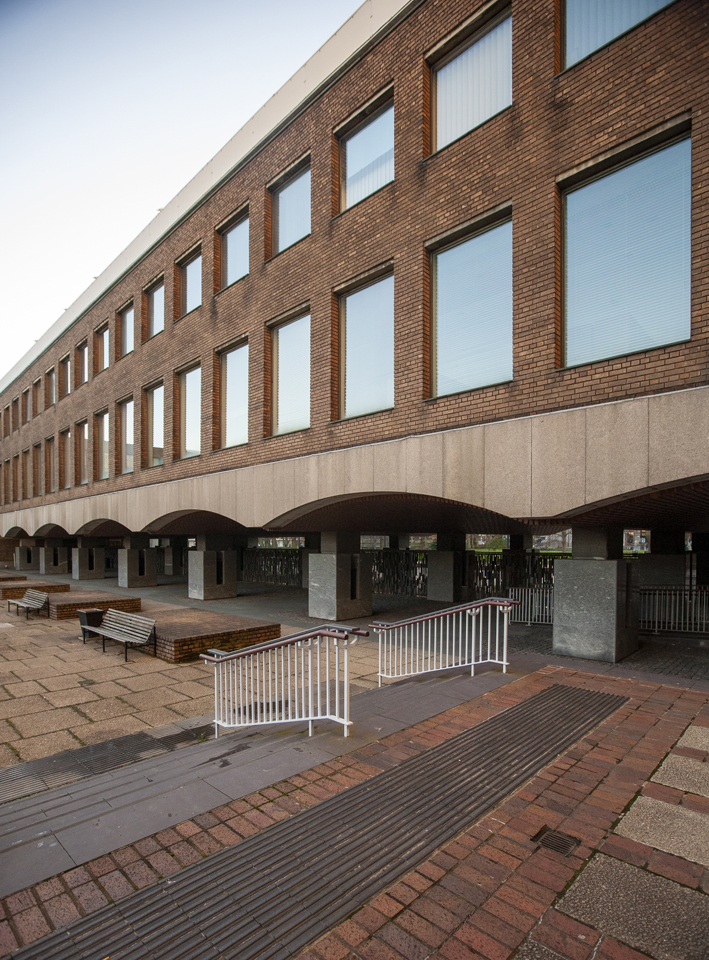
Colonnade from internal courtyard.
Source: Author' photograph, December 2012
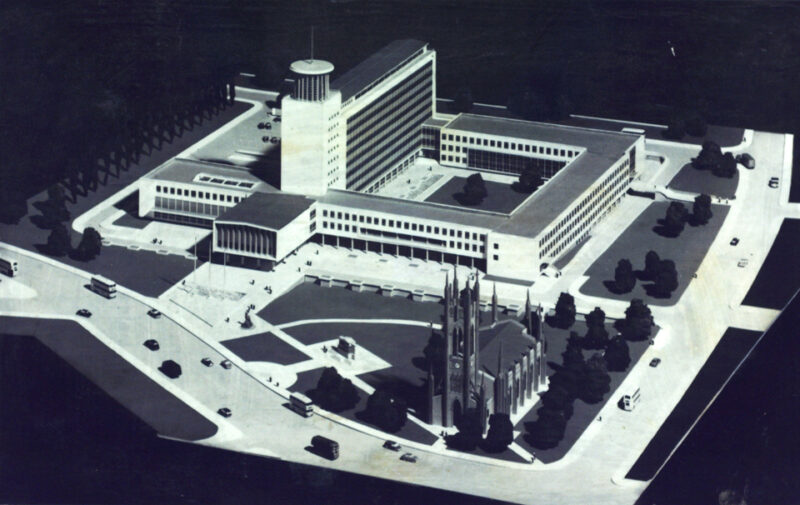
Early model.
Source: Newcastle City Council
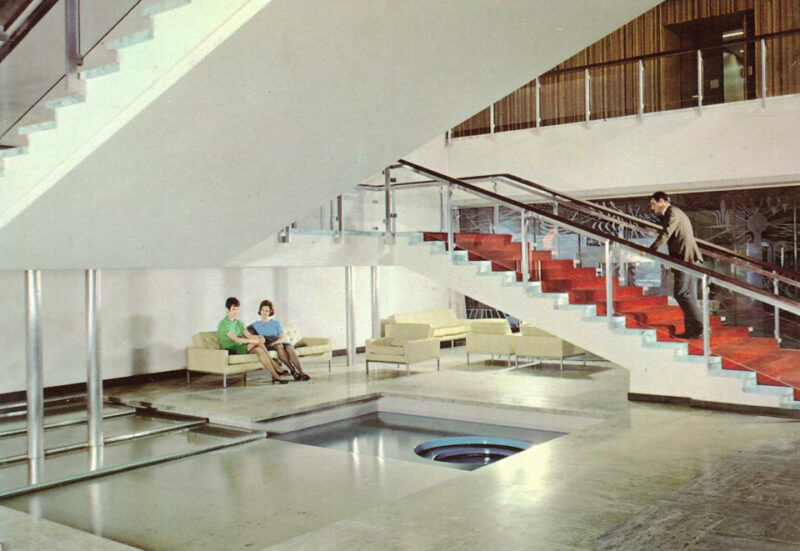
Postcard of grand stair c.1968.
Source: Scan from private collection
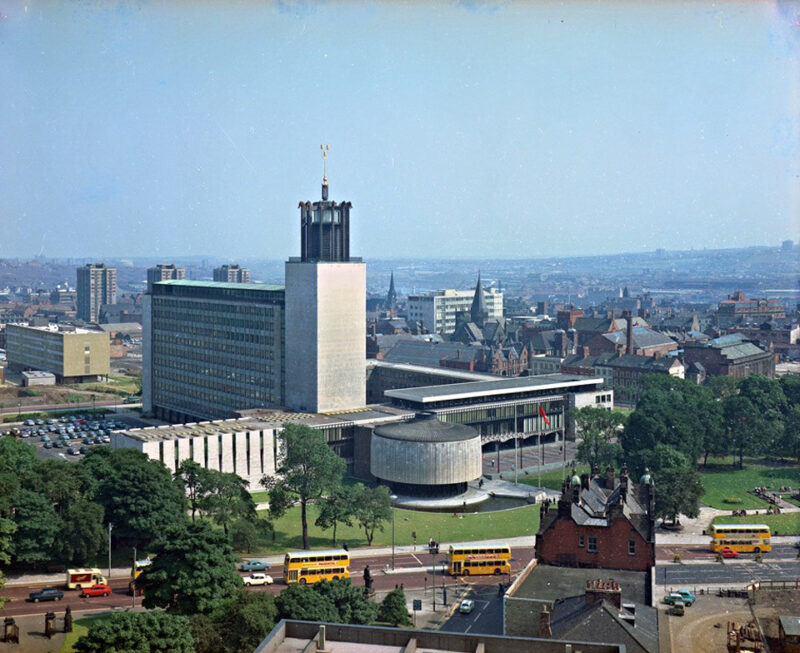
Aerial view.
Source: Tyne and Wear Archives
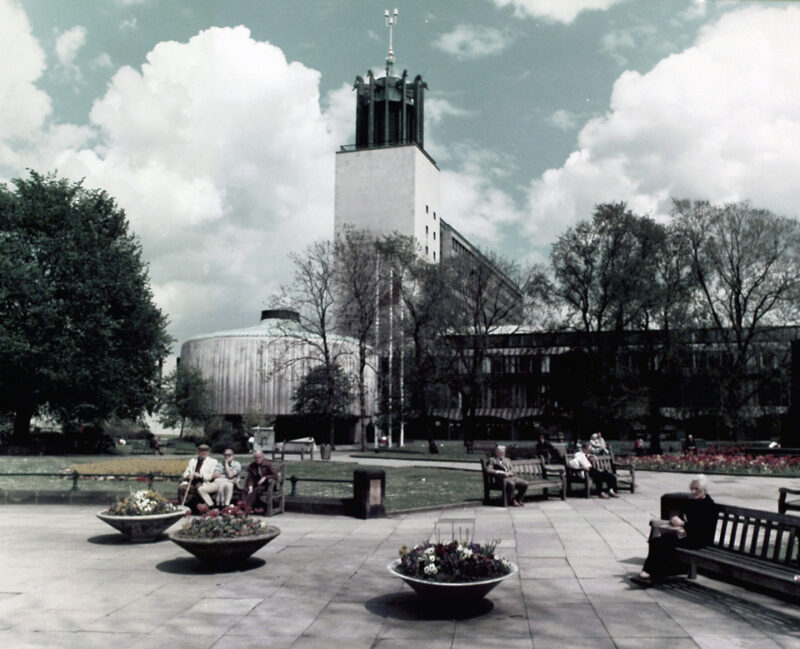
Gardens.
Source: Newcastle Libraries
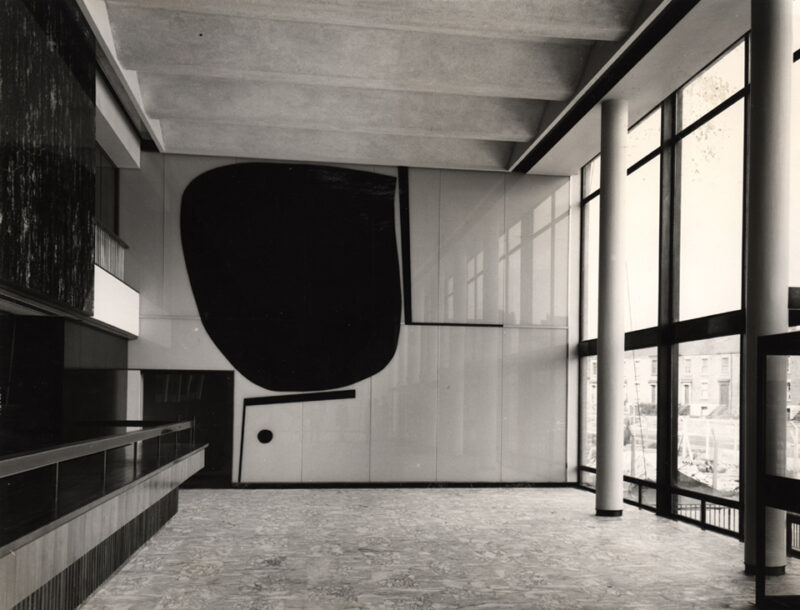
Victor Pasmore mural on glass in the Rates Hall.
Source: Newcastle Libraries
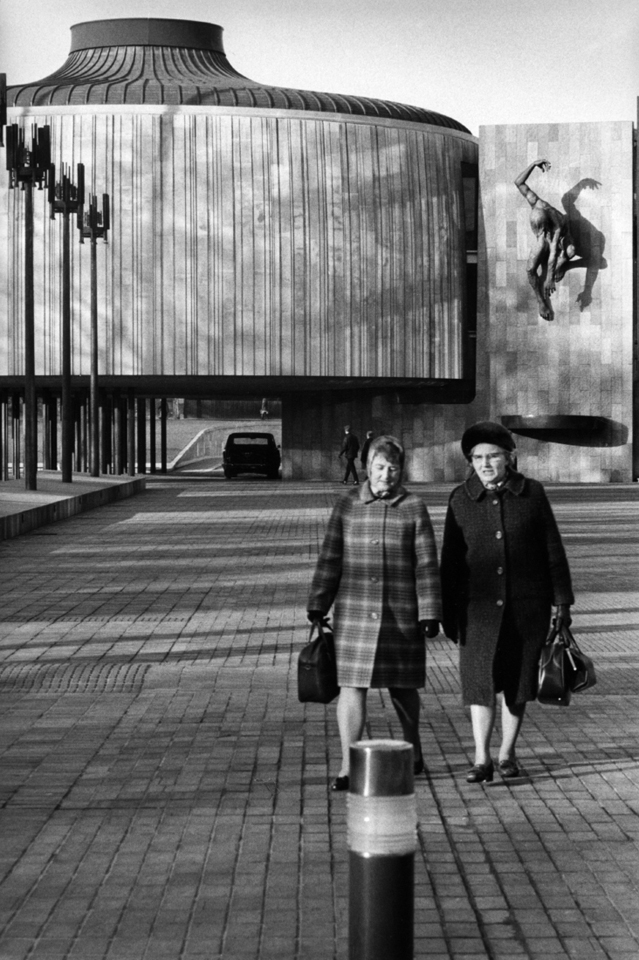
Walking.
Source: RIBA Image Collection

Council chamber.
Source: RIBA Image Collection
References
-
Building
pp.59-66
-
Architect & Surveyor
pp.7-25
-
Architects' Journal
p.870
-
Consulting Engineer
p.321
-
Architects' Journal
p.321